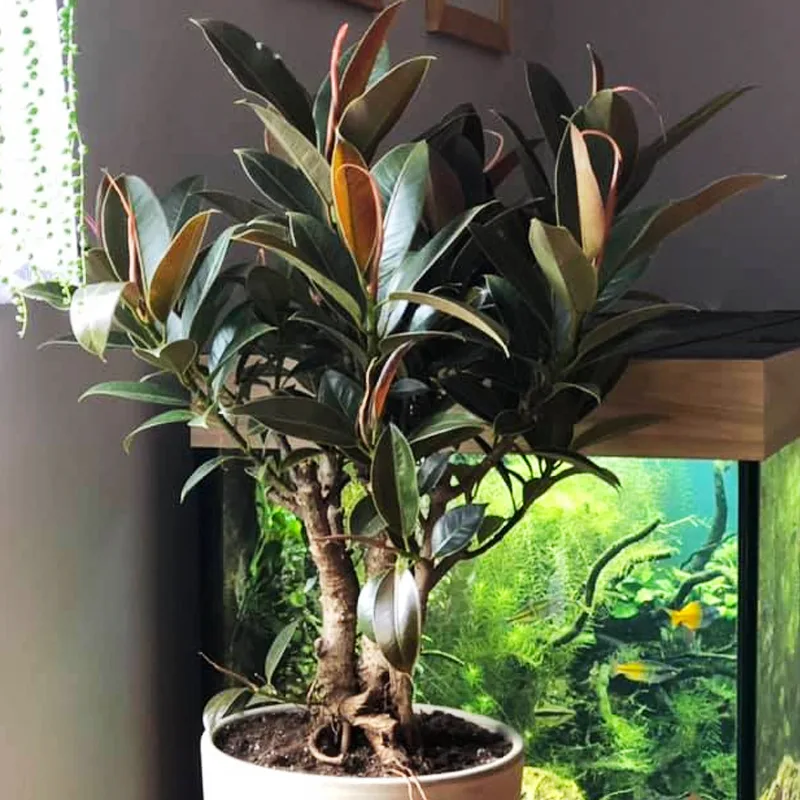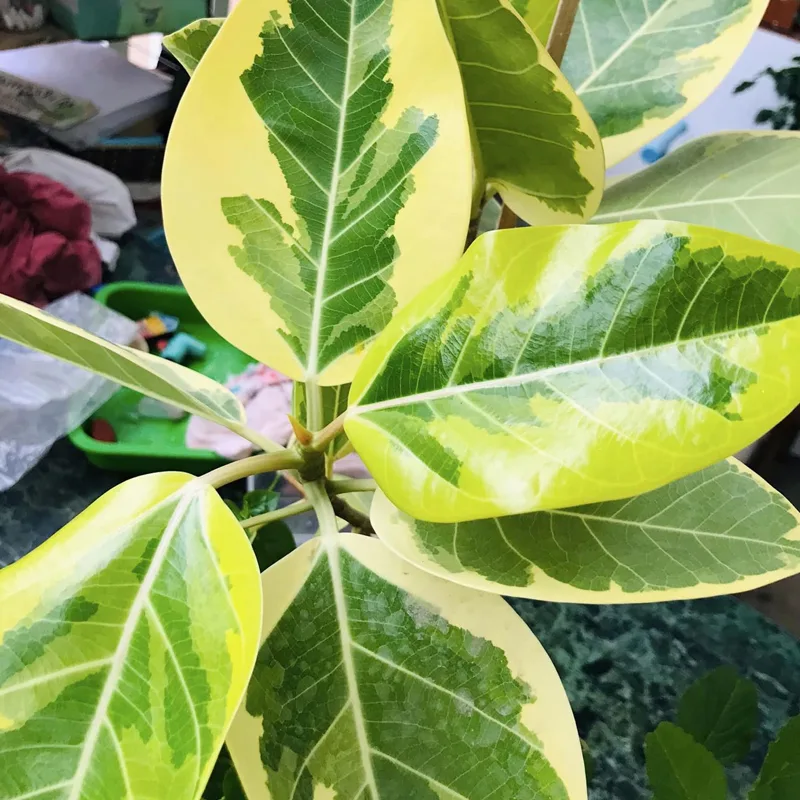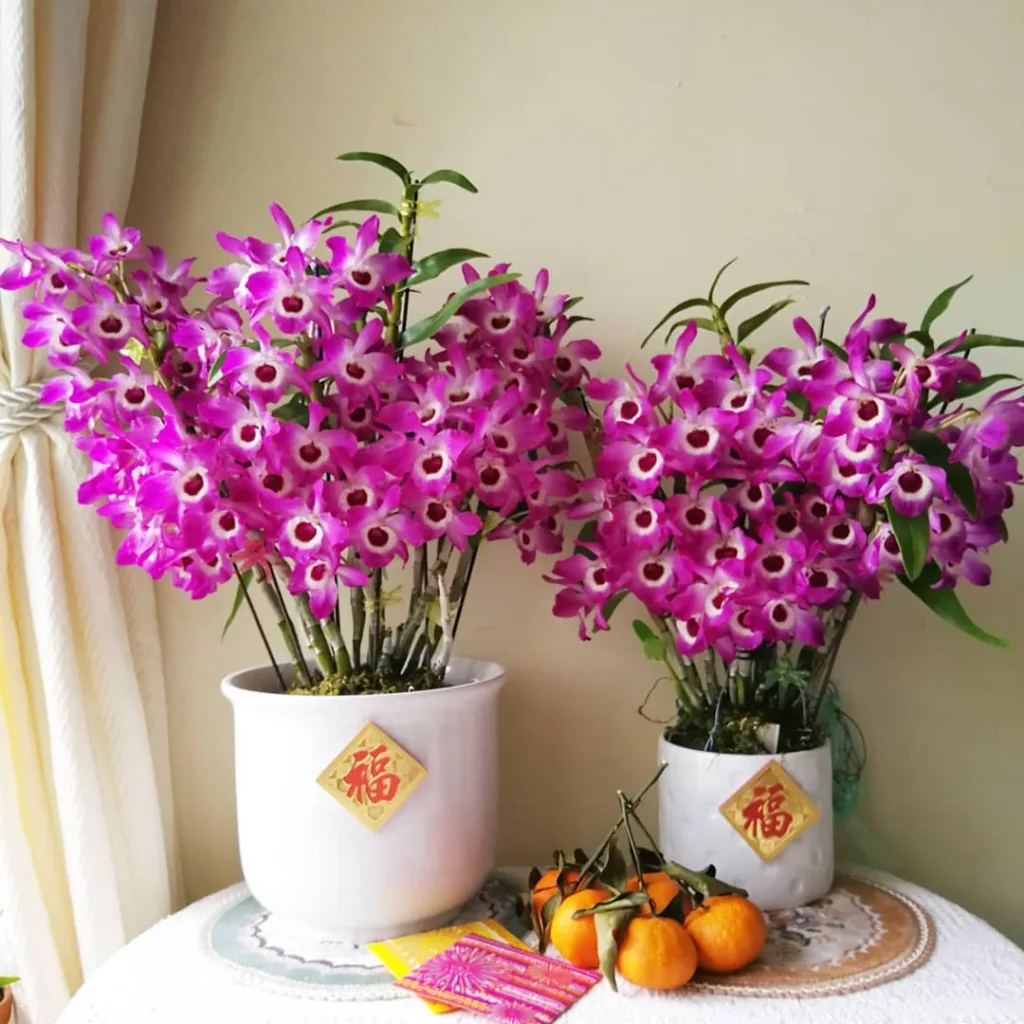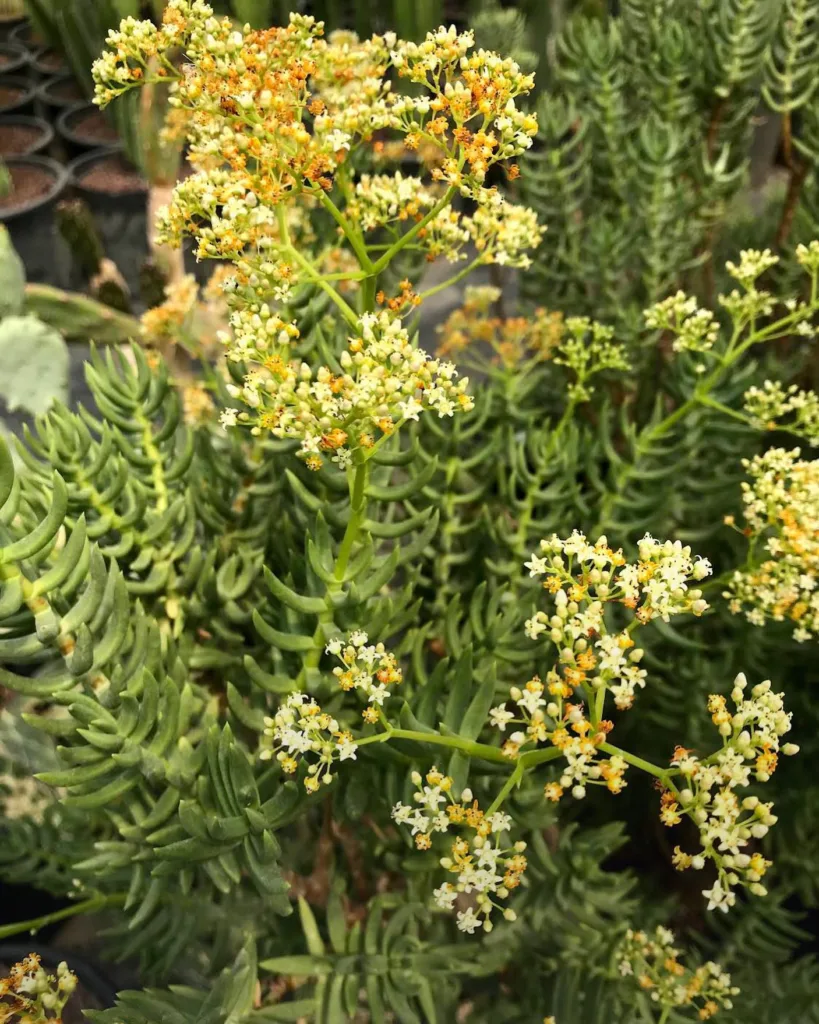FAQs about Leucospermum Flame Giant
As a plant enthusiast, I’ve had the pleasure of working with many stunning species, and Leucospermum Flame Giant stands out as one of the most spectacular. With its vibrant blooms and unique structure, this plant not only adds color to my garden but also attracts a variety of pollinators, making it a valuable addition to any landscape. Below are some frequently asked questions about the Flame Giant Leucospermum that I often encounter and my personal experiences with this beauty.
48 Species in Genus Leucospermum
What is Leucospermum Flame Giant?
Leucospermum Flame Giant or Leucospermum Cordifolium Flame Giant, is a member of the Proteaceae family. This evergreen shrub is native to South Africa and thrives in Mediterranean-like climates. The plant is famous for its striking orange-red blooms, often referred to as “pincushions” because of their round, spiky appearance. These flowers can last for weeks, bringing consistent vibrancy to my garden.
The plant itself has leathery, green leaves that provide a lovely contrast to the bright flowers. It can grow up to 5 feet tall and wide, making it an excellent choice for a centerpiece or a focal point in any garden design.
How do I care for Leucospermum Flame Giant?
Caring for a Flame Giant Leucospermum requires understanding its specific needs. Based on my experience, here are the key elements to focus on:
- Sunlight: The Leucospermum Flame Giant thrives in full sun. In my garden, I make sure to plant it in a spot where it receives at least six hours of direct sunlight each day. This ensures that the plant produces vibrant blooms and grows to its full potential.
- Soil: One of the most important factors in caring for Leucospermum Cordifolium Flame Giant is well-draining soil. These plants do not tolerate waterlogged roots, so I recommend using a sandy or rocky soil mix. Adding organic matter can also help improve soil structure. Avoid clay soils, as they retain too much moisture.
- Watering: Although the Leucospermum Flame Giant is drought-tolerant, it still needs regular watering, especially during the first few years of growth. I water my plant deeply but infrequently, allowing the soil to dry out between waterings. Overwatering can lead to root rot, so it’s crucial to find that balance.
- Pruning: After the flowering season, I like to prune my Flame Giant to maintain its shape and encourage new growth. Pruning also helps remove any dead or damaged branches, keeping the plant healthy and vibrant.
- Fertilization: Leucospermum plants prefer low-phosphorus fertilizers. I use a slow-release, low-phosphorus fertilizer in the spring to give my plant a boost without overwhelming it with nutrients that can be harmful.
How do I propagate Leucospermum Flame Giant?
Propagating the Flame Giant Leucospermum can be done through both seeds and cuttings. From my experience, cuttings offer the highest success rate.
- Cuttings: To propagate through cuttings, I take semi-hardwood cuttings in late summer or early autumn. I dip the cut end in rooting hormone and plant it in a well-draining soil mix. The cuttings are then placed in a warm, bright spot, but out of direct sunlight. It takes several weeks for roots to develop, so patience is key.
- Seeds: Propagating through seeds is also possible, though it requires more time and attention. Seeds should be soaked in warm water for 24 hours before planting. Once sown in a well-draining mix, the seeds will need consistent moisture and warmth to germinate, which can take a few months.
What should I plant with Leucospermum Flame Giant?
Companion planting with Leucospermum Cordifolium Flame Giant can enhance the beauty of your garden. I prefer to plant it alongside other drought-tolerant species that thrive in similar conditions. Here are some of my favorite companions:
- Proteas: These plants share the same native habitat as Leucospermum, making them excellent companions. Their bold blooms complement the Flame Giant’s pincushions.
- Grevilleas: Another member of the Proteaceae family, Grevilleas offer a softer texture with their feathery leaves and bring a variety of flower colors to the garden.
- Lavender: The silvery foliage and purple blooms of Lavender create a beautiful contrast against the vibrant Flame Giant Leucospermum.
- Agave: For a more architectural look, I like to pair the Flame Giant with Agave plants. Their sharp lines and unique forms provide an interesting contrast to the Leucospermum’s rounded, spiky blooms.
Common Issues and How to Address Them
Despite its hardy nature, the Leucospermum Flame Giant can face some challenges. Here’s how I tackle the most common problems:
- Root Rot: Overwatering or poor drainage can lead to root rot. I ensure my plant is in well-draining soil and water sparingly, especially during the rainy season.
- Pests: While Leucospermum Flame Giant is relatively pest-resistant, it can occasionally attract aphids or scale insects. I use a neem oil spray to manage these pests when necessary.
- Chlorosis: This yellowing of the leaves can occur if the soil is too alkaline or if the plant is receiving too much phosphorus. I monitor the pH of my soil and use appropriate fertilizers to keep the plant healthy.
Final Thoughts
Growing the Leucospermum Flame Giant has been a rewarding experience for me. Its stunning flowers and unique appearance make it a standout in any garden. By following proper care practices, propagating with patience, and pairing it with the right companions, I’ve been able to enjoy this beautiful plant year after year. If you’re looking for a vibrant, hardy plant that adds a splash of color and interest to your garden, the Flame Giant Leucospermum is an excellent choice.
If i die, water my plants!



